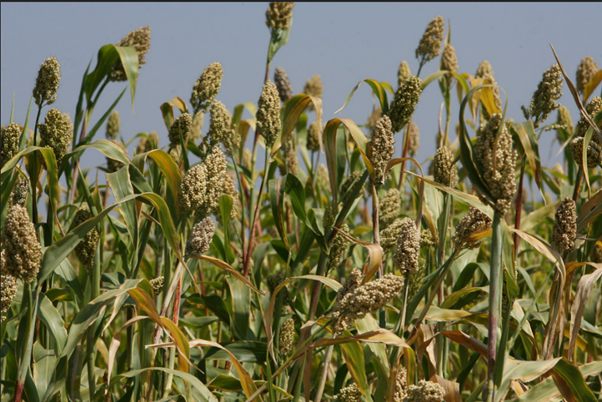
Following decades of promising results in the fight against hunger and poverty, a political and economic crisis which started in 2014 has reversed much progress in the fight against hunger and poverty in Brazil (1)
Particular challenges are faced by...
▶️Women
▶️Young children
▶️Ethnic minorities
...due to historic inequities in the country (2)
▶️Women
▶️Young children
▶️Ethnic minorities
...due to historic inequities in the country (2)
1⃣ Ethnicity
According to the Brazilian Scale of Food Insecurity, 65% of households identifying as black or brown are in a position of food insecurity; compared to just 47% for those households identifying as white (3)
According to the Brazilian Scale of Food Insecurity, 65% of households identifying as black or brown are in a position of food insecurity; compared to just 47% for those households identifying as white (3)
2⃣Gender
Severe food insecurity for households led by women has increased from 11% in 2020 to 19% in 2022 (4)
Severe food insecurity for households led by women has increased from 11% in 2020 to 19% in 2022 (4)
3⃣ Families with children
Hunger in families with children under 10 years old has doubled from 9% in 2020 to 18% in 2022
Hunger in families with children under 10 years old has doubled from 9% in 2020 to 18% in 2022
Like many countries, Brazil is also seeing an increase in the consumption of ultra-processed foods such as salty snacks, sugary drinks, sausages, instant noodles 🍕🍬 (6)
From around 2016, drastic budget cuts and institutional destructuring have resulted in progressive policy actions on food being practically extinguished ❌ (7)
Civil society has been working to reconstruct and expand public institutions and promote citizen’s rights. There is a long way to go though, to achieve the right public food and nutrition policies that can contribute to an equitable food system in Brazil 🇧🇷 (8)
• • •
Missing some Tweet in this thread? You can try to
force a refresh








